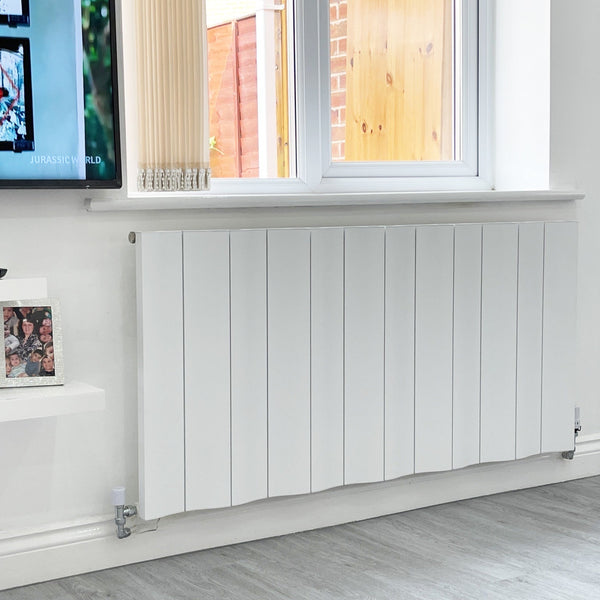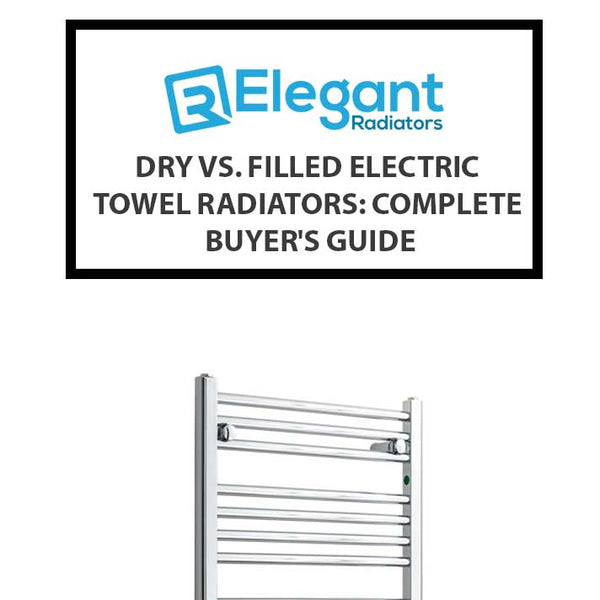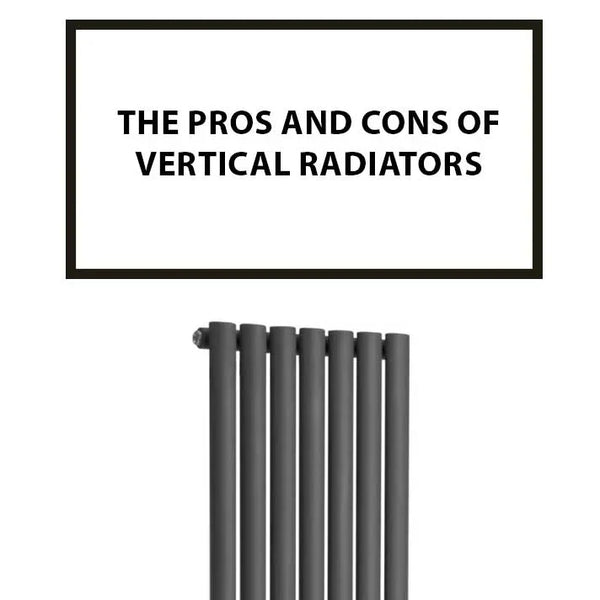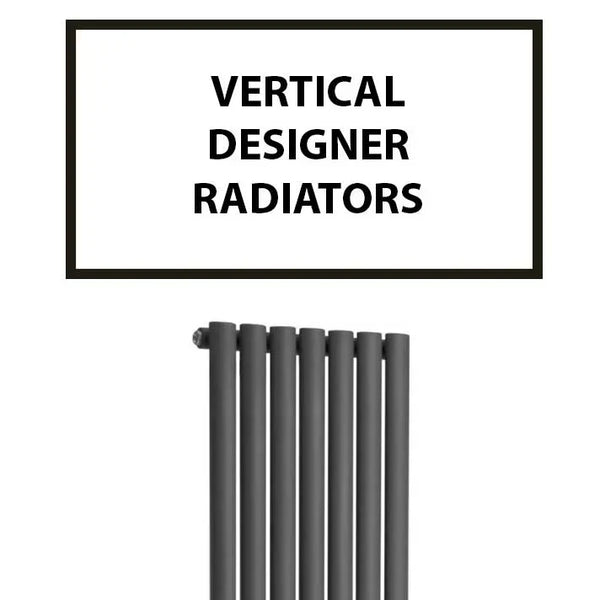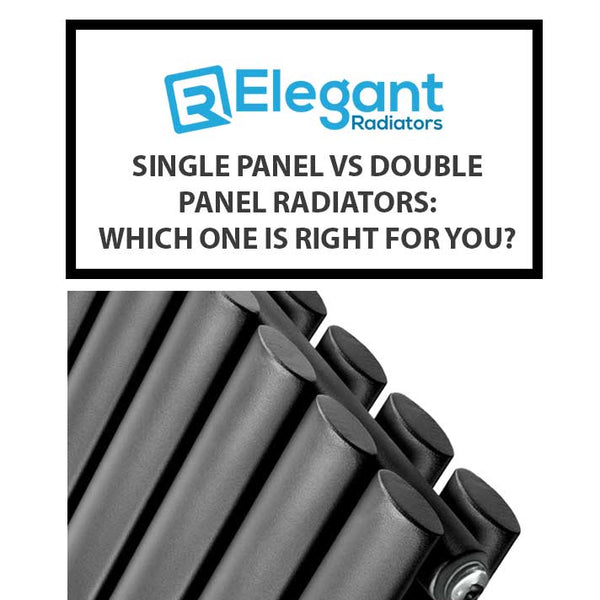Avoid These Mistakes When Installing Towel Rail Elements

Electric towel rails are a staple in modern bathrooms, offering both functionality and luxury. However, proper installation is essential to ensure safe and efficient performance. This guide delves into the purpose of towel rail elements, the importance of correct installation, and solutions to common installation issues.
1. Purpose of Towel Rail Elements
Towel rail elements are designed to provide a dual benefit in bathrooms:
- Heating Functionality: These elements heat the medium (water or oil) inside the radiator, distributing warmth evenly across the towel rail’s surface. This keeps your towels dry, warm and ready to use while reducing moisture in the bathroom.
- Aesthetic Enhancement: Modern towel rail elements come in various styles and finishes, blending seamlessly with contemporary and traditional bathroom designs. They don’t just serve a practical purpose but elevate the overall look and feel of your space.
Types of Towel Rail Elements:
- Standard Elements: These are simple heating elements that maintain a constant temperature without user control, ideal for straightforward setups.
- Thermostatic Elements: Equipped with temperature controls, these elements allow users to regulate heat levels, improving energy efficiency and comfort.
- Smart-Control Elements: Advanced options with features like programmable timers or app-based control for added convenience and energy savings.
2. Importance of Proper Installation
Proper installation is critical to maximize the performance and lifespan of towel rail elements. Errors during installation can result in serious issues:
- Heating Inefficiencies: Poorly connected or misaligned elements can result in uneven heat distribution, leading to cold spots on the towel rail and increased energy consumption.
- Safety Risks: Incorrect electrical wiring or loose connections can pose hazards, such as electric shocks, fire risks or leaks.
- Damage to Components: Over-tightening or misaligned threading can damage seals, threads, or even the radiator itself, leading to costly repairs.
- Voided Warranty: Failing to follow manufacturer guidelines during installation can void the product warranty, leaving you without coverage for future issues.
Tip: Always consult the user manual before beginning installation and consider professional help for electrical wiring to ensure safety and compliance with standards.
3. Common Installation Issues and Tips
1. Hand-Tightening the Thermostat Element
- Problem: Hand-tightening the thermostat element can twist or disconnect internal cables because the plastic casing is not firmly attached to the element. This can result in the element failing to heat properly.
- Tip: Always use a spanner to tighten the element securely. Apply sufficient PTFE tape to adjust the direction of the element controller while avoiding over-tightening, which can cause damage.
2. Over-Tightening the Element
- Problem: Excessive force damages the O-ring rubber seal, which is designed to create a tight seal without much pressure. Over-tightening compromises its integrity, leading to leaks.
- Tip: Tighten the element gently until secure, ensuring the O-ring is not compressed or distorted. The seal is effective with minimal effort when installed correctly.
3. Electrical Connection Problems
- Problem: The element’s cable often comes with bare wires that need to be properly stripped and connected to a fused spur or plug. Errors in wiring, such as failing to expose enough copper, can result in no heating or power.
- Tip: Strip the wires carefully to expose the bare copper for a proper connection. If the element doesn’t heat or the indicator light doesn’t turn on, check the fuse spur and wiring. Always have a qualified electrician verify electrical connections for safety and compliance.
4. Using the Wrong Wattage Element
- Low Wattage: An underpowered element cannot meet the radiator’s heat output, leading to prolonged heating and premature burnout.
- High Wattage: Overpowered elements may overheat, reducing their lifespan and increasing energy costs.
Tip: Ensure the element wattage matches the radiator’s heat output. Refer to the manufacturer’s specifications to choose the correct wattage for optimal performance and efficiency.
5. Cross-Threading the Element
- Problem: Misaligned threading can damage the radiator inlet, making it impossible to create a proper seal. This can lead to leaks or permanent damage to the radiator.
- Tip: Align the element carefully before inserting it. Turn it gently by hand for the first two or three rotations. If you encounter resistance, stop immediately and realign to avoid cross-threading.
4. Key Installation Tips for Safe and Efficient Operation
- Pre-Installation Check: Inspect all components for compatibility and damage before starting. Confirm that the element matches the radiator’s specifications.
- Tool Preparation: Gather necessary tools, such as spanners, PTFE tape and insulated tools for electrical work, to ensure a smooth installation.
- Safety First: Always turn off the power supply before handling electrical connections. Wear protective gloves and use insulated tools to prevent accidents.
- Professional Assistance: Electrical connections should always be installed or checked by a qualified electrician to ensure compliance with safety standards and avoid voiding the warranty.
Conclusion
Proper installation of towel rail elements is essential for ensuring safe, efficient, and long-lasting performance. By addressing common installation issues and following best practices, you can prevent inefficiencies, avoid hazards and protect your investment. Whether you’re using standard, thermostatic or smart-control elements, adhering to these tips will ensure your electric towel radiator runs smoothly and enhances the comfort and style of your bathroom.
